Understanding the astronomical telescope: advantages, disadvantages and buying advice
Choosing a sky-watching instrument can be complex, especially when it comes to distinguishing between a refracting telescope and a telescope. This guide aims to clarify the specifics of the astronomical telescope, by comparing it to the telescope, to help you make an informed choice.
\nWhat is an astronomical telescope?
\nAn astronomical telescope, also called a refractor, is an optical instrument composed of lenses that collect and focus light to produce an enlarged image of celestial objects. Its operation relies on the refraction of light through these lenses.
\nComparison with the telescope
\nThe telescope, or reflector, uses mirrors to collect and focus light. This fundamental difference leads to variations in terms of performance, maintenance, and use.
\nAdvantages of the astronomical telescope
\n- \n
- \nSuperior image quality : Refractors offer sharp, high-contrast images, ideal for observing planets and the Moon. \n
- \nMinimal maintenance : Thanks to their sealed design, they are less sensitive to dust and do not require regular collimation, unlike telescopes. \n
- \nRobustness : Their hermetically sealed structure protects them from the elements, prolonging their lifespan. \n
Disadvantages of the astronomical telescope
\n- \n
- \nHigh cost : High-quality lenses are expensive to produce, making refractors more costly than telescopes of equivalent aperture. \n
- \nAperture limitation : It is technically difficult and costly to manufacture large-diameter lenses, thus limiting the light-gathering capacity of refractors. \n
- \nChromatic aberrations : Low-end models may exhibit color fringes around observed objects. \n
Tips for choosing your astronomical telescope
\n- \n
- \nAperture diameter : An aperture between 80 and 100 mm is recommended for a good compromise between performance and portability. \n
- \nType of lenses : Favor apochromatic refractors, which correct chromatic aberrations and offer better image quality. \n
- \nMount : Choose a robust equatorial mount, making it easier to track celestial objects and allowing for potential motorization for astrophotography. \n
- \nBudget : Quality refractors can be costly. Assess your needs and budget to find the best balance. \n
The astronomical telescope is an excellent choice for hobbyists looking to observe planets and the Moon with high image quality and minimal maintenance. However, its cost and its limitations in terms of aperture may be factors to consider depending on your observing objectives.

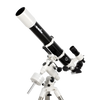 All
All
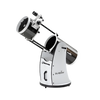 Dobson
Dobson
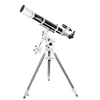 Refractors
Refractors
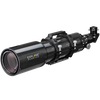 Ed & Apochromates
Ed & Apochromates
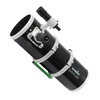 Newtonian reflector
Newtonian reflector
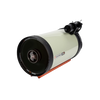 Schmidt Cassegrain
Schmidt Cassegrain
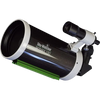 Maksutov-Cassegrain
Maksutov-Cassegrain
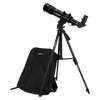 Solar
Solar
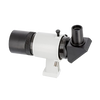 Researcher
Researcher
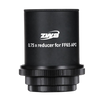 Focal reducer
Focal reducer
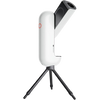 Intelligent
Intelligent
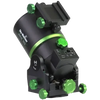 All
All
 Equatorial
Equatorial
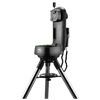 Alt/Az
Alt/Az
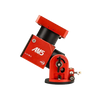 Harmonic
Harmonic
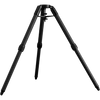 Tripods
Tripods
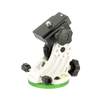 Accessories
Accessories
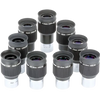 All
All
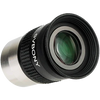 Wide angle
Wide angle
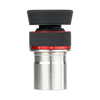 Zoom eyepieces
Zoom eyepieces
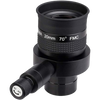 Reticulated eyepieces
Reticulated eyepieces
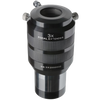 Barlow
Barlow
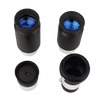 Plössl
Plössl
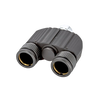 Binoculars
Binoculars
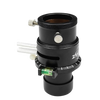 Atmospheric Corrector
Atmospheric Corrector
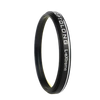 All
All
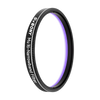 Visual
Visual
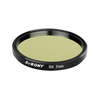 Photo
Photo
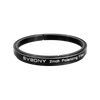 Polarisants
Polarisants
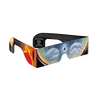 Solar Filters
Solar Filters
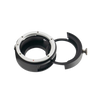 Accessories
Accessories
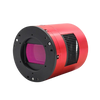 All
All
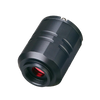 Color Cameras
Color Cameras
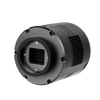 Monochrome Cameras
Monochrome Cameras
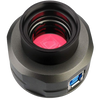 Planetary/Guiding
Planetary/Guiding
 Objectives
Objectives
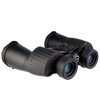 All
All
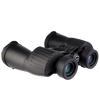 Binoculars
Binoculars
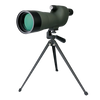 Spotting Scope and Monocular
Spotting Scope and Monocular
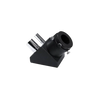 Elbows
Elbows
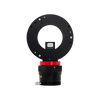 Optical Divider
Optical Divider
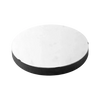 Mirrors
Mirrors
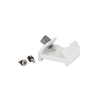 All
All
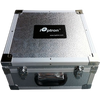 Bags and protections
Bags and protections
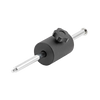 Supports and counterweights,
Supports and counterweights,
 Camera adapters
Camera adapters
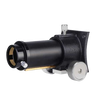 Focuser
Focuser
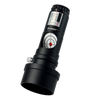 Collimation
Collimation
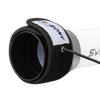 Heating band
Heating band
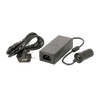 Cables
Cables
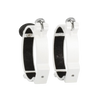 Collars
Collars
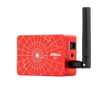 Computers
Computers
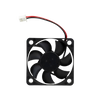 Fans
Fans
 Others
Others
 All
All
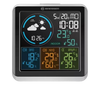 Weather Station
Weather Station
 Thermometer
Thermometer
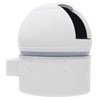 All
All
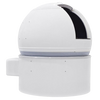 Observatory/Domes
Observatory/Domes
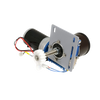 Accessories
Accessories
 Askar
Askar
 Baader
Baader
 Bresser
Bresser
 Celestron
Celestron
 Explore Scientific
Explore Scientific
 GSO
GSO
 Optolong
Optolong
 Touptek
Touptek
 Vixen
Vixen
 ZWO
ZWO